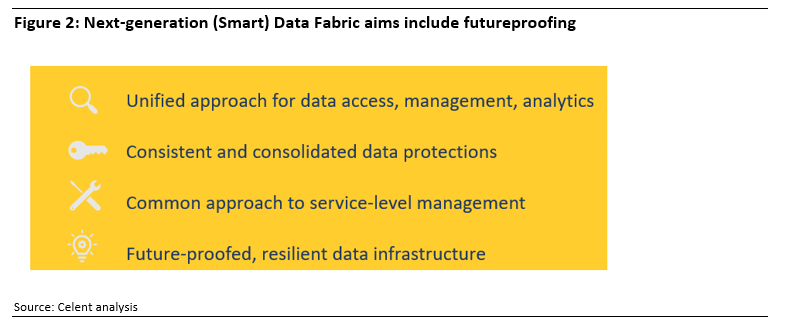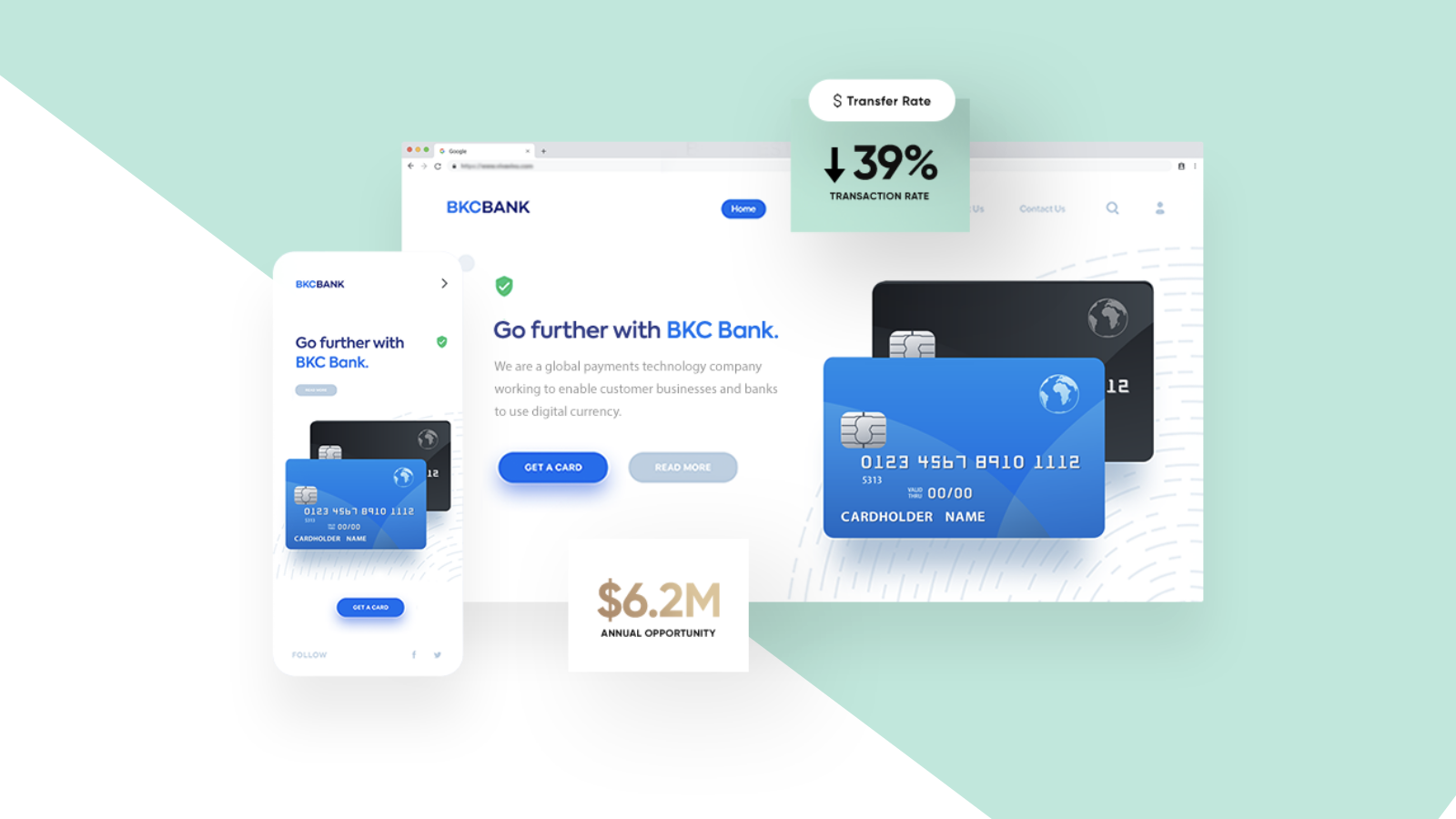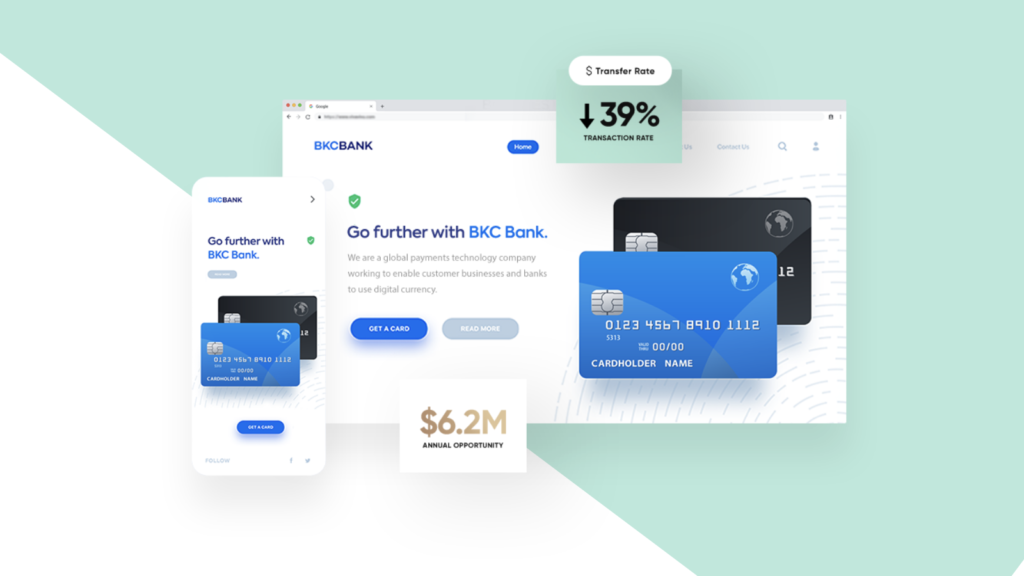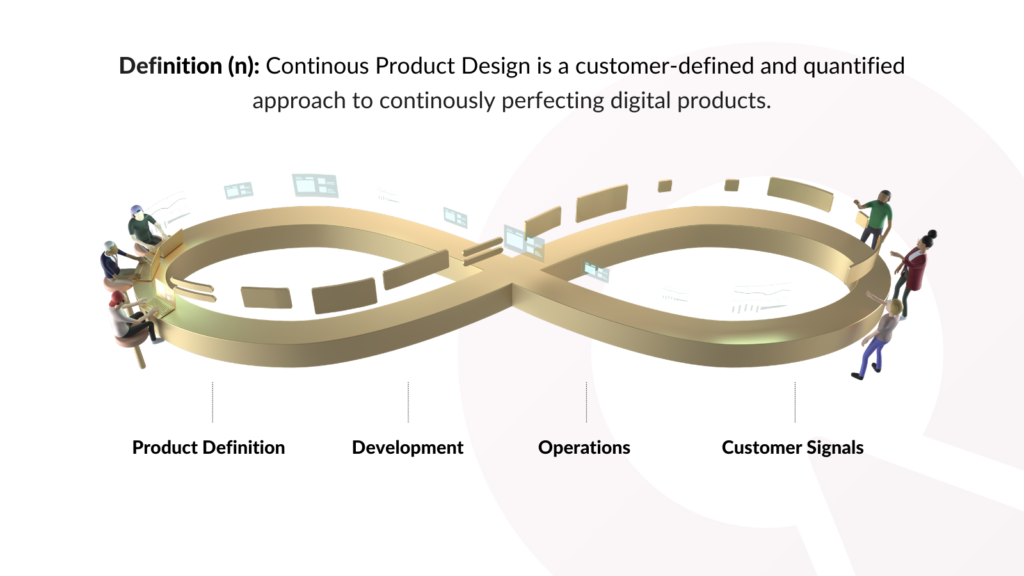
This is a sponsored post, written by Tracy Schlabach, Director of Marketing at Accusoft.
Fintechs, ISVs, big banking corporations, and SaaS solutions all have immediate needs in common, they all need to bring forth financial technologies that improve both the customer and employee experience. The challenge is building and launching these technologies quickly, efficiently, and within a scalable, sustainable model. Product managers and development teams are all evaluating options to assist with meeting stakeholder demands for quality, while also meeting the need for speed to market. Enter the hidden value of third-party software integrations.
The secret life of APIs
Digital transformation is an ever-increasing priority for all businesses as well as an initiative that is seeing a surge in funding. In a recent State of the API Economy 2021 report by Google, 56% of enterprise leaders say APIs help them to build better digital experiences and products. Leaders are also finding value in focusing on an API-driven strategy and 52% say APIs accelerate innovation by enabling partners to leverage digital assets at scale.
How API integration works
At a very simple level, an API consists of code that allows two separate technology systems to communicate and interact with one another. It functions as a translator and messenger; delivering user requests and data from one system to a completely separate system. This effectively allows an application to utilize the features and data of other applications without having to build out that functionality from scratch.
For example, the Uber ride-sharing app connects customers to available drivers within a specific area. It does this with a combination of smartphone geolocation and accurate maps, but the Uber app doesn’t have mapping capabilities. To get those features, it connects to Google Maps by way of an API that allows it to access the relevant navigational data and use it to connect customers to drivers.
Purchasing new software doesn’t mean throwing out existing tools, which substantially reduces the risks associated with technology investments and upgrades.
Another key function of APIs is their ability to automate key processes and connect legacy infrastructure to newer technology systems. Data can be collected in one system, for instance, and “pushed” into another system automatically. This not only eliminates the complicated (and error-prone) task of manually transferring data between different systems, but also allows users to build a workflow in an application they’re already accustomed to, without having to learn an entirely new system.
More importantly, since APIs allow newer technologies, devices, and legacy applications to talk to each other, they provide firms with substantial flexibility when it comes to adding new platforms. Purchasing new software doesn’t mean throwing out existing tools, which substantially reduces the risks associated with technology investments and upgrades.
The cost savings with API integrations
When you purchase a third-party API integration you’re gaining more than additional functionality for your application. You also gain access to a team of developers and support specialists who are here to assist you from POC to deployment and beyond. Leaning on the specialization of a third-party vendor allows your developers to focus on application enhancements and release your product to market faster. This ultimately saves your company valuable development time and realizes product revenue faster.
Interested in learning more?
Could your business benefit from an API-led digital transformation strategy? Schedule a consultation today to learn more about the document management API integration options available from Accusoft.























